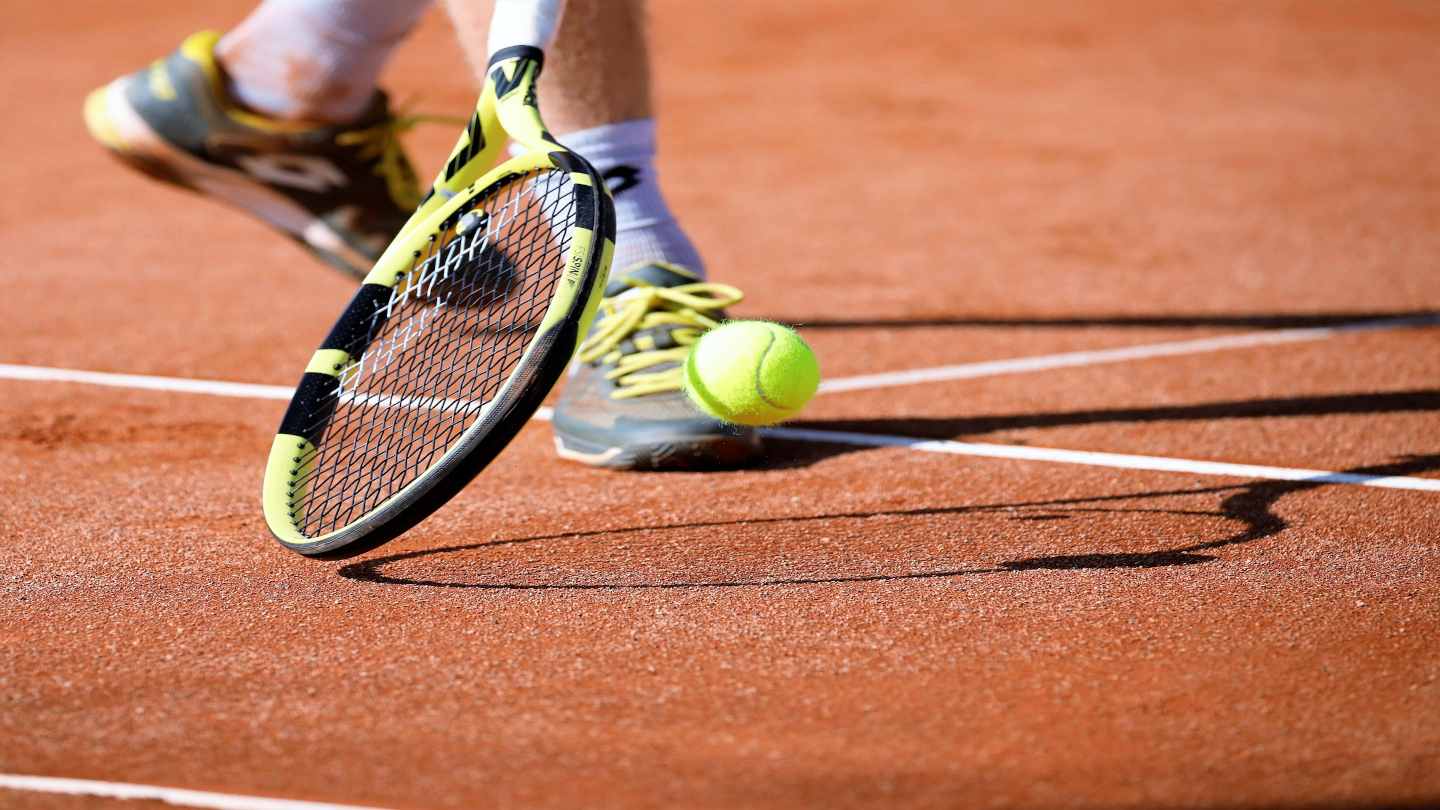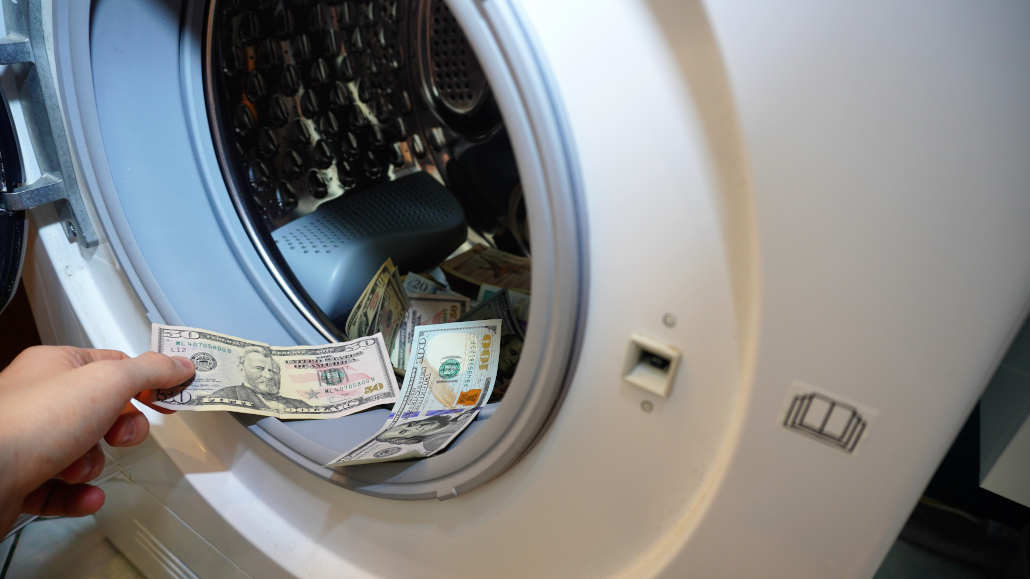Where Does Las Vegas Get Its Water & How Much Supply It Has
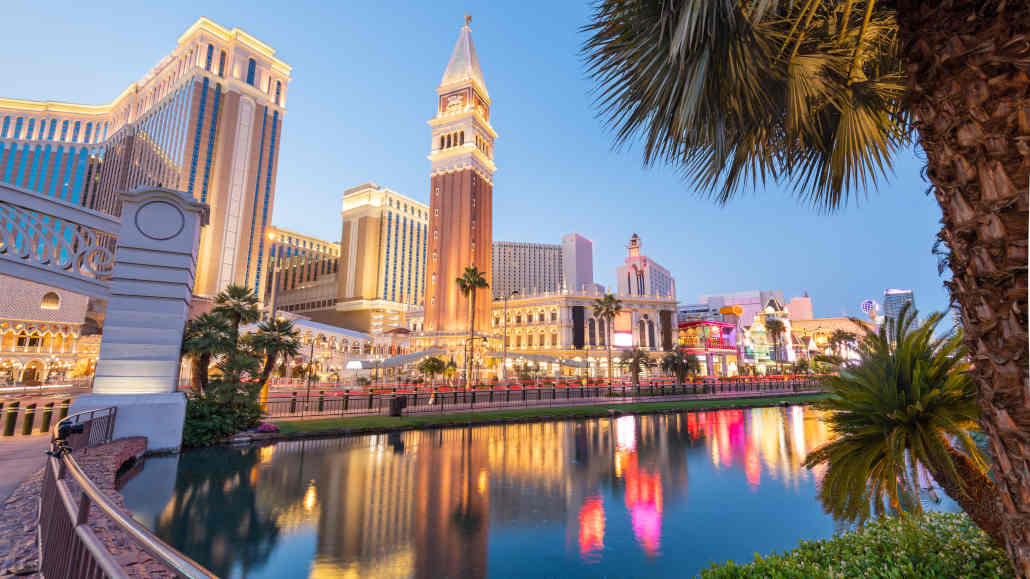
10 minutes
Last Updated: November 12, 2022
Dubbed Sin City, Las Vegas is considered a bountiful place where your imagination is the limit, and you can get anything if you have Lady Luck by your side.
But, under the glitz and glamor and below the Vegas streets, there’s one underlying problem that only seems to be getting worse with each passing decade.
As it is a city built in the middle of the unforgiving Mojave desert, there were always concerns how to supply Las Vegas to ensure it survives and thrives.
Moreover, as it has expanded exponentially over the last hundred or so years, this issue has become even more prominent.
So, where does Las Vegas get its water, and how much supply does it have? Can it increase its sources of supply, and what will happen if it runs out of water entirely? We’ve thoroughly researched these crucial topics to bring you the answers.
Las Vegas Water Supply – How Does Las Vegas Get Water?
Las Vegas’ two primary water sources are the Colorado River and local groundwater. Additionally, the city also has a very efficient reuse and recycling policy. So, let’s dig a bit deeper to see how Las Vegas resolved its water supply needs:
Water Supply from Lake Mead
According to the Southern Nevada Water Authority, the entire state of Nevada, including Las Vegas, receives nearly 90% of the needed water supply from the Colorado River.
The gargantuan Colorado River supplies dozens of millions of people across seven US states and Mexico.
All of these beneficiaries of one of the United States’ largest rivers have precisely defined rights on how much water they can use.
In Nevada’s case, this amounts to 325,851 gallons of water per year. Most of the water in the Colorado River comes from the melting snow from the Rocky Mountains.
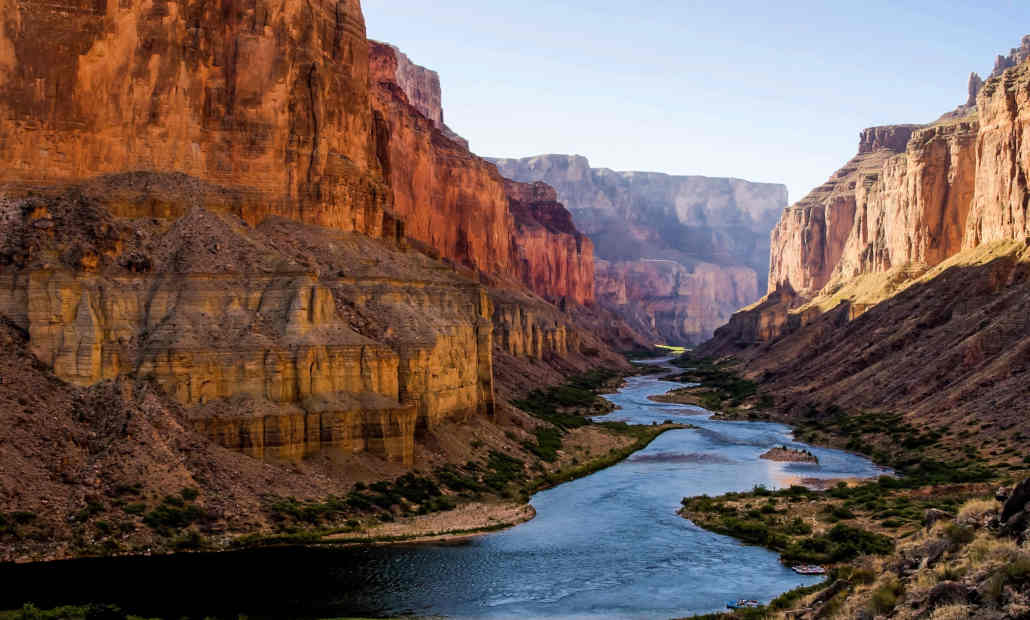
As it flows into the Colorado River, this water is then stored in the country’s biggest reservoir, Lake Mead.
This reservoir is formed by the massive concrete Hoover Dam, located 39 kilometers (24 miles) east of Las Vegas. Lake Mead directly provides water to Nevada, Arizona, California, and Mexico.
Water Supply from Local Groundwater
While most of the city’s water comes from Lake Mead, a valuable 10% of its water supply comes locally, obtained from groundwater in the Las Vegas Valley. Groundwater is fed by occasional rain and melting snow from the nearby mountains.
Although water from local groundwater sources today makes up only a small percent of the city’s supply, it was a vital lifeline in the past.
Before the first wastewater treatment facilities were built in the 1970s, groundwater served a much more critical role than nowadays.
Still, it’s an integral part of the city’s water supply system. The two members of the Southern Nevada Water Authority, the Las Vegas Valley Water District and the North Las Vegas, hold permanent water rights on a total of over 46,000 acre-feet of groundwater.
Reusing and Recycling Water
Lastly, to stretch its very limited water supply, Las Vegas also has a very systematic reuse and recycling policy.
Las Vegas, along with Boulder City, the City of Henderson, the City of North Las Vegas, and the Clark County Water Reclamation District, all operate wastewater treatment plants.
The Southern Nevada Water Authority highly prioritizes water recycling and limiting outdoor water consumption.
This is because the water used outdoors, which makes up for roughly 60% of total water spent, can’t be collected. It evaporates and cannot be used again.
On the other hand, 99% of the 40% of indoor water can be recycled and used further. This is possible thanks to a well-thought-out system that helps the city make the most of its finite water resources.

In Las Vegas, whenever you go to the toilet, wash your hands, or take a shower, all of the water that flows into your plumbing goes into the sewer system. It’s then treated to clean water standards in one of the nearby wastewater facilities.
The clean water is returned to the Colorado River, eventually ending up in Lake Mead again. This practical system enables the Southern Nevada Water Authority to take a gallon for every returned gallon without further draining Lake Mead.
How Much Water Supply Does Las Vegas Have?
It’s difficult to answer this question, as it depends on several aspects, some of them hard to evaluate precisely.
That said, we know that Vegas gets most of its water from Lake Mead. At maximum capacity, the lake can hold 34,820,000 megaliters (28.23 million acre-feet) of water.
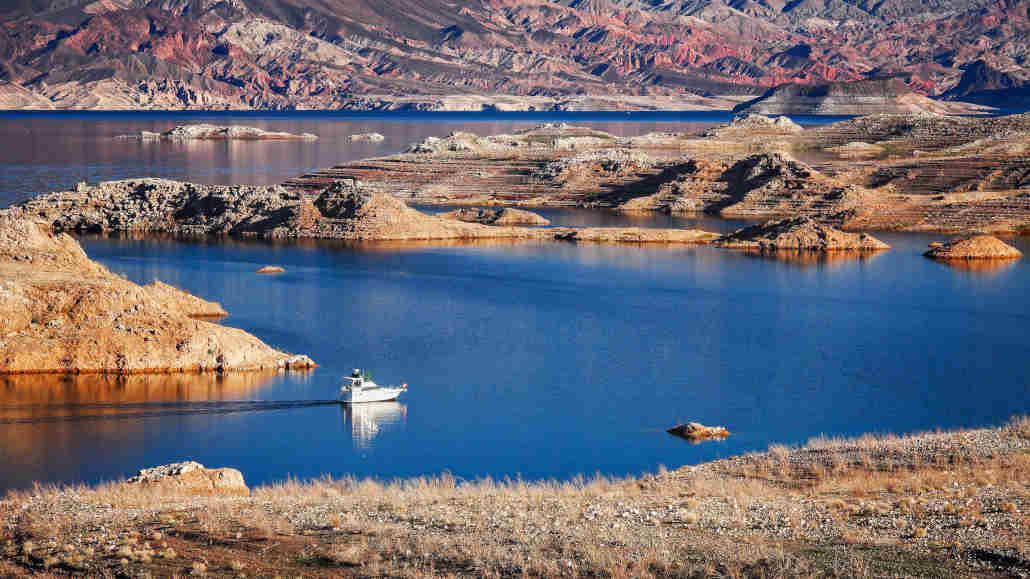
Unfortunately, this artificially made reservoir is at its all-time low. According to mid-2022 estimates, Lake Mead is only at 26.63% capacity.
In fact, the lake hasn’t been up to full capacity since 1983, primarily due to increasing water demand.
Plus, data from the last couple of decades and the most recent predictions indicate that the lake is unlikely to be refilled ever again if left to drain entirely.
In addition to Lake Mead as the city’s largest supplier, water supply from groundwater also contributes to a noticeable degree, as mentioned above.
This is the variable part of the equation, as there’s no precise number on how much groundwater the city can rely on to supply itself. But, for reference, there are more than 6,000 groundwater wells that supply Las Vegas all year long.
What Happens if Las Vegas Runs Out of Water?
According to government officials, Las Vegas is one of the best-supplied cities in the state. Barring any major and lengthy crisis, the city shouldn’t run out of water any time soon. But, if it does, the consequences can be far-reaching.
For starters, the lack of water overall leads to obvious problems, such as the lack of fresh drinking water as the number one issue.
This would have a huge impact on how life goes on in the city and effectively make Las Vegas regress back a century.
But, there’s another problem that would stem as a direct consequence of the lack of water.
If the Hoover Dam ran out of water to power its electricity generators, the effects could be disastrous.
The Nevada Power system gets about 355 megawatts generated at Hoover Dam. Furthermore, it wouldn’t be the only affected state, as Arizona and California also enjoy significant portions of the dam’s electricity-generating power.
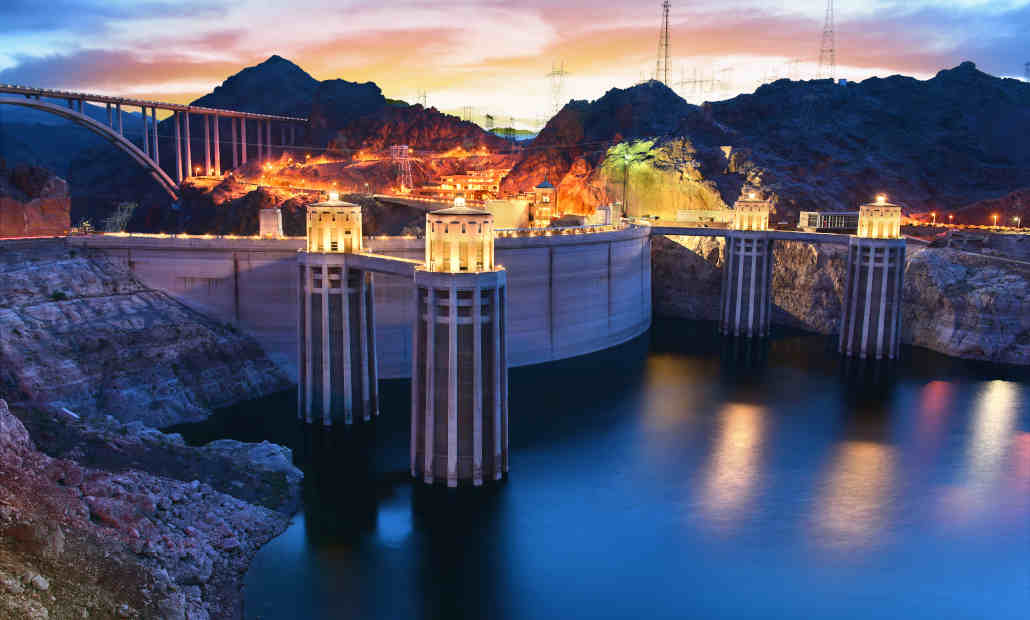
These issues could cause a mass migration of the city’s population. The now vibrant city of Las Vegas could become a relic of the past and turn into a post-apocalyptic barren land.
Does Las Vegas Use Too Much Water?
Besides evaluating the potential damage that can occur from a major water shortage, it’s also important to analyze the aspects that can prevent this.
The most important one is undoubtedly the amount of water Las Vegas spends. From that perspective, does the city excessively use its water supply?
According to a study from 2022, an average American household consumes between 110,000 and 120,000 gallons of water per year. This number is worrying on its own.
But, an average Las Vegas household uses two to three times this amount. So, not only is Las Vegas in a location predisposed to water supply problems, but its citizens also use an inexcusable amount of water.
Besides an apparent basis for increased water consumption (the city being in the desert), one of the main reasons why so many people spend inordinate amounts of water is that the water bills in Vegas are much less expensive than in other major cities.
Surely, this spells a recipe for disaster.
So, why aren’t more people in Las Vegas actively trying to conserve as much water as they can? The answer to this is, unfortunately, that most people don’t realize the importance of water conservation or that they simply don’t want to partake in it.
The city has introduced divergent stimulus programs and even fines to motivate individual users to cut down on consumption and make other changes. While this has proven to be effective to a degree, more drastic regulation will likely be needed in the future.
Having said that, if you want to take active steps to conserve water, there are many available.
What Can Homeowners Do to Reduce Water Use?
Conserving water might be an inconvenience during some activities, but the advantages of this tradeoff significantly outweigh the disadvantages. With that in mind, here are a few tips on how you can do your part in conserving water:
- Regularly check for leaks
- Take shorter showers
- Turn off the water when brushing your teeth/shaving
- Water lawn less frequently, but allow the water to deep soak
- Switch to drought-resistant trees and plants
- Don’t run the automatic washer unless it’s fully loaded
How Much Water Do Las Vegas Casinos Use?
It’s hard to precisely say how much water Las Vegas’ casinos consume each year. There haven’t been many studies on the topic, but statements from officials support the estimate that this number is well under ten percent.
To be more specific, this number is around seven percent and hasn’t change in a while.
This is a surprisingly low percentage, especially considering how Vegas casinos are generally known for their excessiveness. Moreover, this number is very tolerable, considering that the gambling industry makes up a considerable portion of the city’s economy.
So, the income that comes from this branch of the industry is more than enough to support further advancements in bettering the city’s water supply.
The reason why large casinos consume a single-digit percentage of the city’s yearly supplies lies in careful planning and strict regulation.
More precisely, casinos must adhere to strict restrictions and rules when it comes to how much water they can use and what purpose they can use it for.
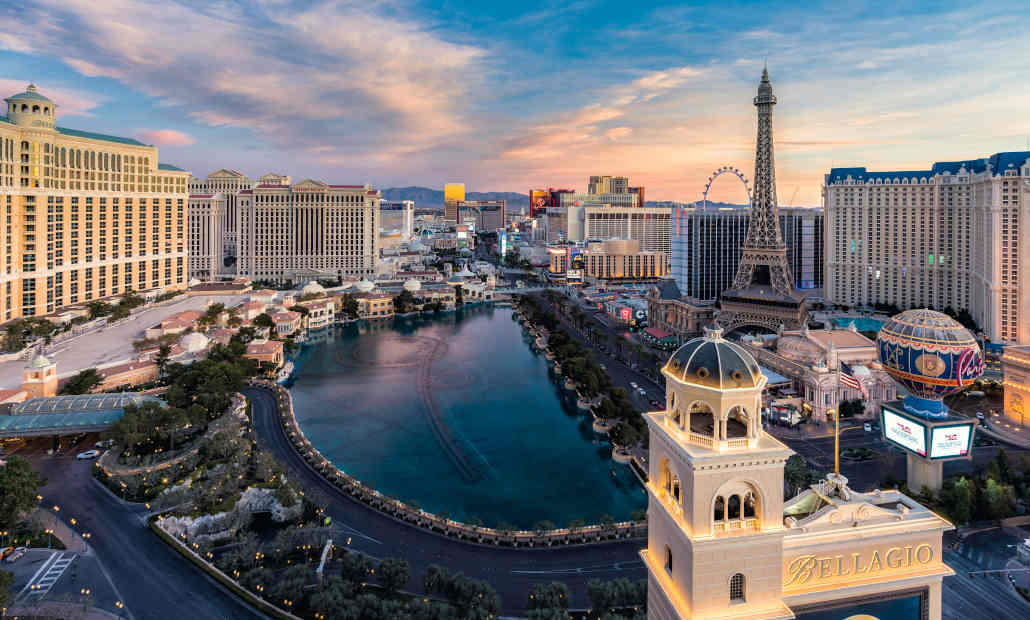
For example, casinos in Vegas can’t have natural grass in front of their properties. What’s more, many Sin City casinos don’t even have grass in their back lawns. Properties that include large golf courses have to stay within precise requirements or pay huge fines.
In this regard, most of the water that casinos consume is being used indoors. This means that the waste is minimized, as 99% of all water used indoors in Vegas is treated and recycled.
Will Las Vegas Run Out of Water?
With all of the above in mind, the inevitable question is: will Las Vegas run out of water? The short answer is no, the situation with water in Vegas is under control. That is, for now.
Although there are immense challenges in supplying an ever-growing city in the middle of the desert with billions of gallons of water, everything is still in check.
That said, this undergoing hasn’t always been smooth. Moreover, there are no guarantees that there won’t be any occurrences that will negatively affect the town’s water supply in the future.
For instance, during the 2022 Hermit’s Peak wildfire, the city lost a significant part of its watershed. The water in the river was unusable from the ash and debris, which could have led to more significant water shortages in the area.
At one point during this crisis, a check revealed that the city had just about 20 days’ worth of drinkable water in reserve.
Luckily, the city managed to avoid a more serious crisis, and everything is up and in running condition, with the reserve being upped to previous levels.
However, this was just the most recent emergency that showed the city isn’t really ready for any major and prolonged crisis.
The harsh truth is that Las Vegas is destined to see its fair share of water shortages in the next few decades. So, it’s completely justified to be concerned about the city’s water supply levels and the system behind them.
After all, it’s a city of excess dropped in the middle of the desert, with increasingly hotter temperatures each year.
Hopefully, we’ll see some solutions in the years ahead that will allow Vegas to sustain its reputation of excess and extravagance without any prevailing concerns regarding this issue.








